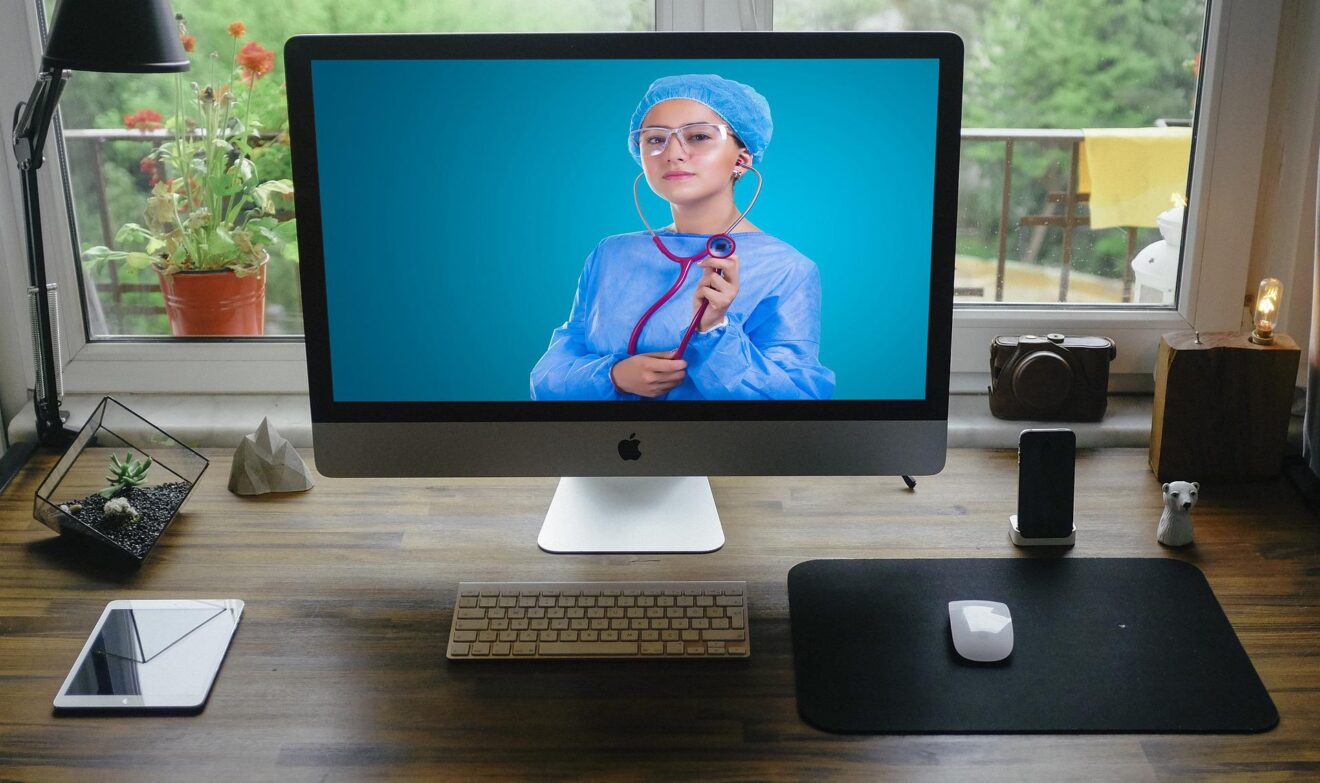Trends, benefits and next steps for technology-based care
Telehealth trends
Rising health care consumerism, coupled with pandemic-related changes in care delivery, have led to a spike in the popularity of telehealth. It is now widely considered a lower-cost option for non-urgent care. It also allows providers to reach patients who choose to stay home or have difficulty traveling.
Using telehealth technologies, providers can conduct virtual or phone visits; exchange messages with patients; send care instructions, reminders and suggestions; and remotely monitor patients.
It is an appropriate option for many types of care, including:
- Wellness visits and general care
- Eye exams
- Lab test or x-ray results
- Mental health care
- Help with recurring conditions like migraines, skin conditions or urinary tract infections
- Prescription management
- Help with urgent care issues like colds, coughs and stomach aches
- Post-surgical follow-up
- Physical and occupational therapy
- Nutrition counseling
- Remote monitoring.

Use of telehealth climbed more than 154% in late March 2020, compared with the year before, and a 2020 survey found 76% of patients would be interested in using it. Experts say at least 25% of all outpatient, preventive, long-term care and well-being services could be provided via telehealth by 2040.
It could also improve hospital care by allowing specialists to work with patients and other providers in rural areas, says Tammy Combs, director of clinical documentation integrity and clinical foundations at the American Health Information Management Association.
As health care consumerism increases, the push for convenience and efficiency is expected to boost telehealth popularity even after the pandemic. Patients will expect a seamless experience that includes video, webchat, fitness apps and wearable devices. This experience should allow for communications, reminders, data sharing and real-time updates.
To achieve these goals, providers and payers are likely to collaborate to broaden the availability and accessibility of telehealth technologies. And they will need to be aware of possible changes in reimbursement policies after the end of the public health emergency, Combs notes.
Benefits across health care system
Telehealth offers a variety of benefits for patients, providers and health plans.
For patients, telehealth can broaden and improve access to care and shorten wait times for appointments. It can also help reduce financial stress by lowering or eliminating the cost of travel to receive care, and it alleviates some of the other barriers related to social determinants of health such the need to take time off work or line up child care.
For providers, wearable technology and remote patient monitoring solutions allow them to move beyond recording vital signs and activity levels. They can now provide critical, data-driven insights to patients to guide their behavior and actions between visits. This technology can also help clinicians make better and earlier diagnoses. It will be important for patients and family members to be trained on any wearable technology so the information collected is accurate, Combs notes.
Behind the scenes, telehealth can help reduce pressure on the health care workforce amid staff shortages. “However, realistic provider expectations are needed with telehealth, just like in-person care,” Combs says. “If expectations are not realistic, then burnout and staff shortages could worsen.”
For payers, telehealth benefits include higher value care, earlier identification of certain health problems, improved patient engagement, greater adherence to care plans, and better understanding and visibility of population health trends.
Reimbursement landscape
While reimbursement of telehealth could change, particularly after the public health emergency ends, there is some coverage for telehealth under Medicare, Medicaid and private insurance.
Medicare reimbursement: Medicare will pay for telehealth if the service location of the patient is either in a non-Metropolitan Statistical Area or a Health Professional Shortage Area. Medicare sets limits on what types of providers and facilities can provide telehealth.
Medicaid reimbursement: Reimbursement through Medicaid can vary significantly by state. Some require that patients be in a medical facility while others require that a licensed provider physically be with patients receiving telehealth. The types of telehealth services reimbursed also vary by state.
Private Payer Reimbursement: Private payer reimbursement also varies by state, with some states enacting telehealth parity laws requiring payers to cover the same types of services, and at the same rate, that they cover for in-person care.
How to get started
Health care organizations getting started with telehealth should have reliable technology that is easy to use and make sure providers are adequately trained. Providers must be fairly compensated when providing telehealth services, and payers are working out reimbursement frameworks for remote care. Some are providing members with devices to use for telehealth visits.
Organizations must also consider device and operating system compatibility, broadband connectivity, telehealth literacy, language barriers and ease of use for patients. Those that choose to work with a vendor should seek transparency and effective communication, Combs advises. “Vendors should be in continual communication with providers and facilities. This should include the identification of industry and patient needs and the quality of care seen from the products being used.”
Finally, providers must determine how to safeguard protected health information after the PHE ends and HIPAA Security Rule enforcement discretion expires.
During the COVID-19 public health emergency, health care providers can provide telehealth via Apple FaceTime, Facebook Messenger video chat, Google Hangouts video, Zoom, or Skype.
A June 13 guidance from the HHS Office for Civil Rights discusses how providers and payers can provide audio-only telehealth services that comply with HIPAA requirements. It notes that HIPAA does not apply to audio-only telehealth over a landline but does apply to electronic communications and mobile technologies.
Health care leaders that offer simple, integrated telehealth options with strong data security measures will be able to give today’s health care consumers what they need to stay engaged, loyal and healthy.
If you liked this article, sign up for SmartBrief for Health Care Leaders. It’s among SmartBrief’s more than 250 free industry-focused email newsletters.
April Hollis is a health care editor at SmartBrief. Connect with her on LinkedIn.
